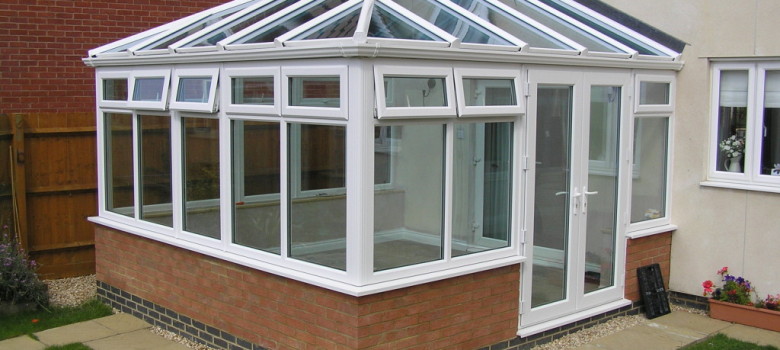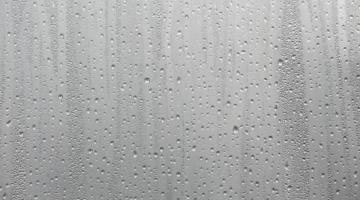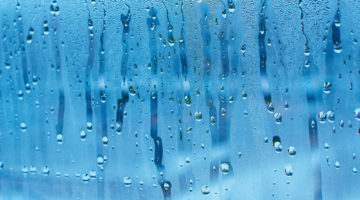
You should be able to use your conservatory all year round, considering the cost of building one. But all too many of them are just too cold to sit in for long periods each year. Here we are going to give you a few tips to try and make them warmer in the colder months.
Glazing is key in your conservatory
Unfortunately, glass is never going to be as good an insulator as a 300mm brick wall. Even the very best triple glazing is not as efficient at retaining heat as a modern insulated wall. Even so, there is a wide range in the quality of glazing, with older conservatories probably having single glazing, whilst modern conservatories will have much better quality double or triple glazing. There’s not much you can do about this, but you should at least bear in mind that because a conservatory is mostly glass, this is where the heat is going to be lost for the most part.
Replacing glazing in your conservatory is going to be expensive and probably unnecessary – but it really depends how much you plan to use the space and just how bad the current glazing is.
Is your conservatory draughty?
Although the glazing is going to be the key area of heat loss, draughts are also really important. Make sure the door is fully draught-proofed and any other possible sources of draughts are blocked off. It also worth installing blinds or drapes that can be opened when you want the warmth of the sun to heat the room, but closed when you want to retain the heat that you are generating from your heater.
Floors make a difference
Whilst most heat rises and will leave your conservatory though the glass, some heat will be lost downwards through the floor. You also walk about on the floor, so if it is very cold, the room will feel even colder than the thermometer might suggest.
What can you do? It can be as simple as adding a rug, but you could also lay carpet or thick underlay. We recommend installing a layer of sheepwool insulation with your underlay for added warmth.

Having heaters in your conservatory is fine, but you should remember that in a cold conservatory there is no point setting a heater to come on at certain times or to leave it on in order to get the room warm for you. Convection heaters will allow the heat to rise vertically, with much of the heat lost through the glass without having a chance to warm you. Because the heat gets lost so quickly, you should only turn the heater on when you are in the room!
We thoroughly recommend infrared heaters for conservatories. They will heat the floor and furniture in the room and help retain the heat in the room that little bit longer.











We actually managed to squeeze in a 600watt infrared heating panel on the wall and plugged in a 450watt on the otherside of the conservatory. Since all this happened in March difficult to tell whether this will make a difference next winter. Good article.
Conservatories can lose a lot of heat in the winter when they are not properly managed and looked after. Working in the field of GRP enclosures I see many properties both commercial and residential that are simply wasting money on their fuel bills in the winter unnecessarily.
We had a conservatory installed in 1996. It did have double glazing installed but the roof was made out of some corugted plastic. During the winter months it is very cold even though this winter is relatively mild. We are not sure what to do? Do you start again and get a new conservatory with new double glazing or do we try and retrofit it? Will a new one be much more efficient? Any thoughts would be greatfully received!
We had much the same for 15 years , too hot in summer and like walking into a fridge in winter months . Leaking poly carbonated roofing over a couple of winters convinced us it was time for change . Also the glazing got misted up , so called seal double glazing units were hopeless . We got the old one replaced with energy saving glazing , fully insulated walls and a lightweight metro tile roof fitted with insulation in the ceiling and so far, never looked back .With the past winter we just experienced and climate change becoming a reality its worth thinking about .